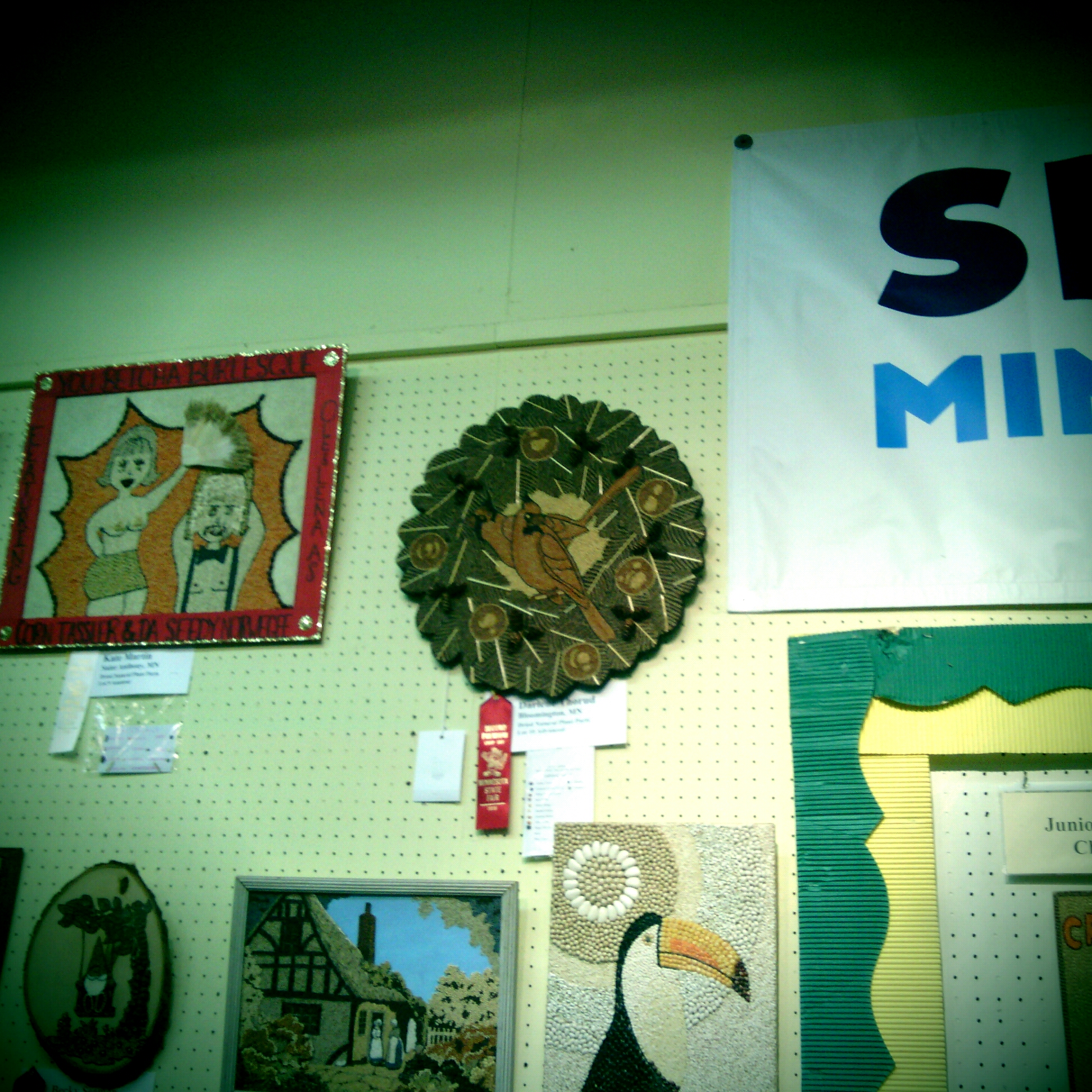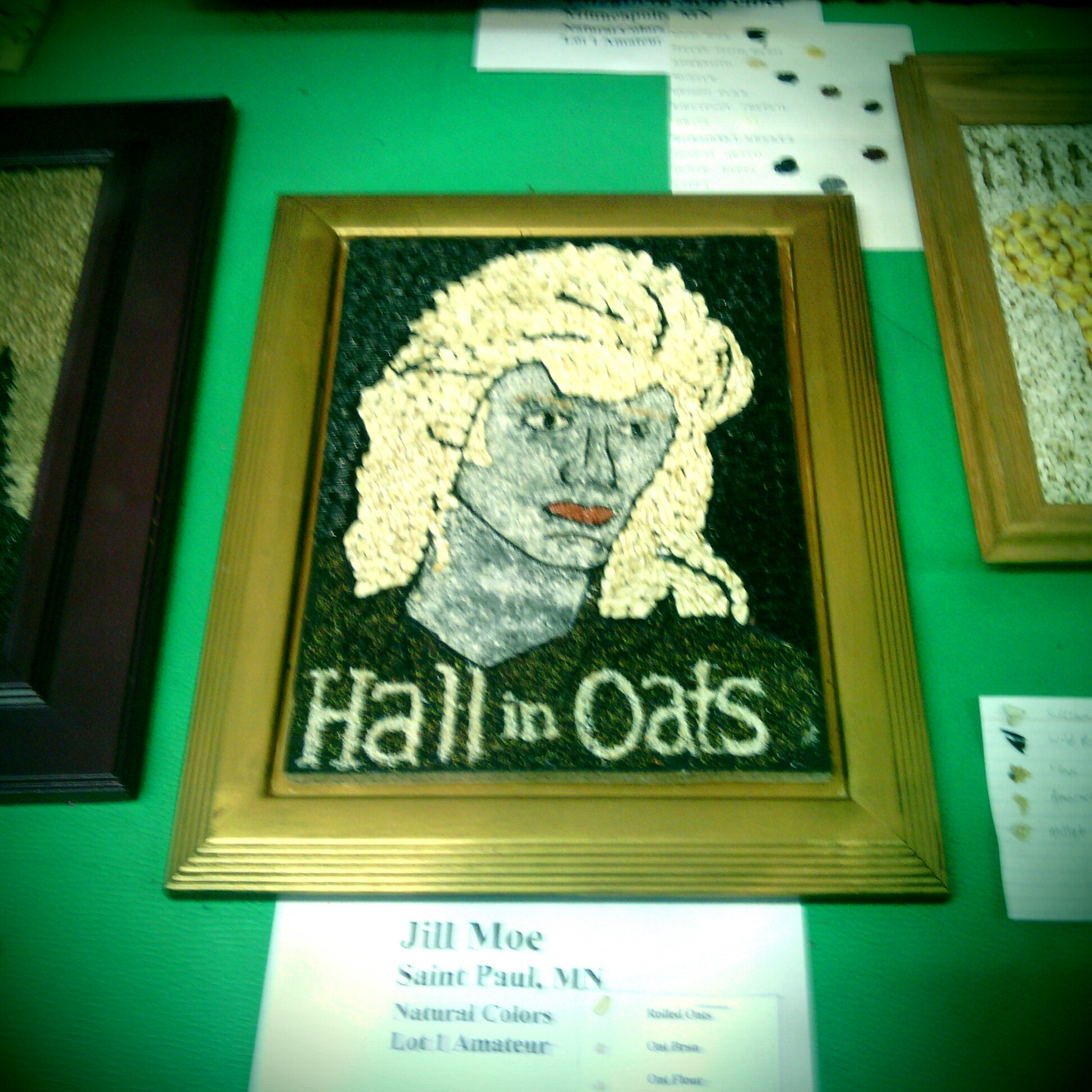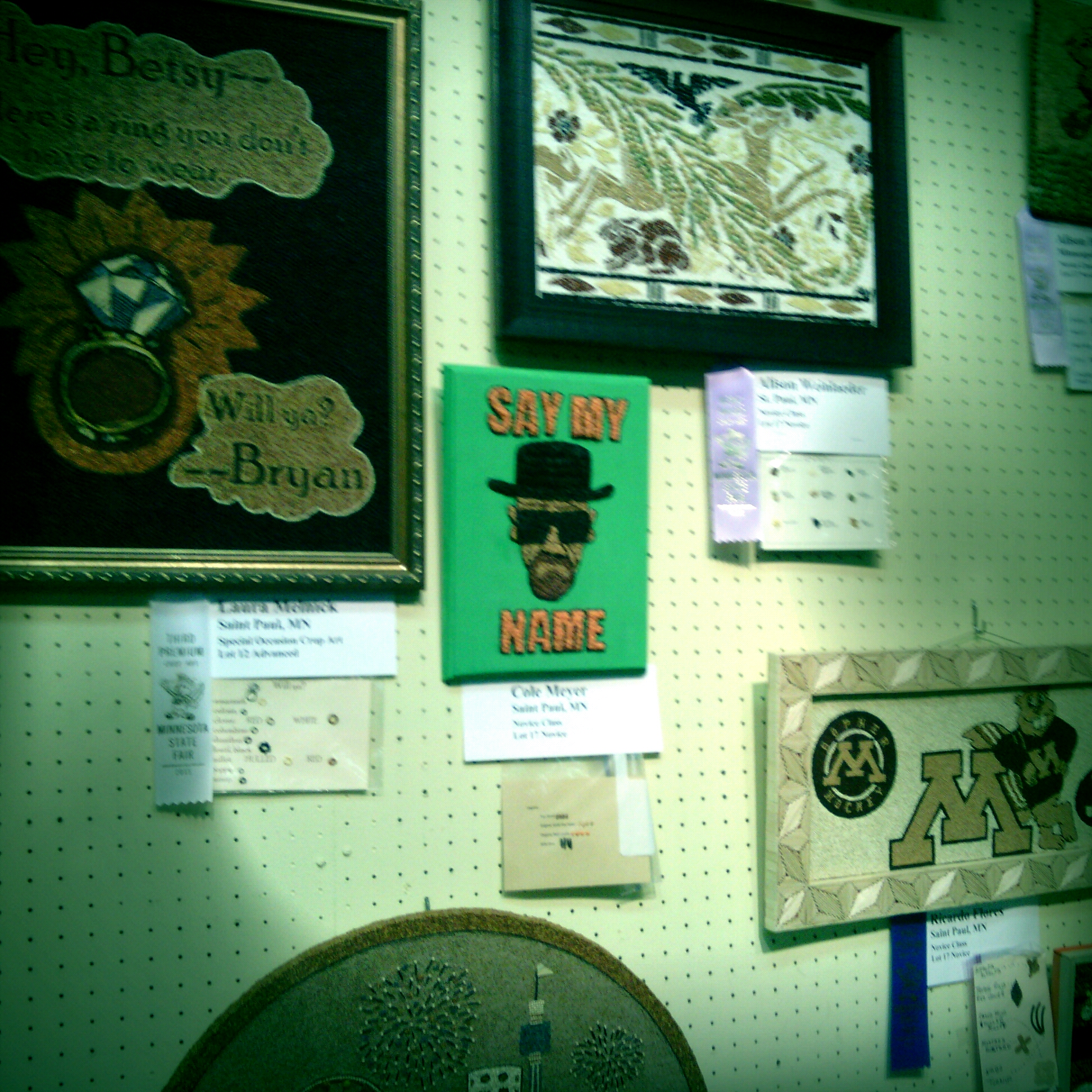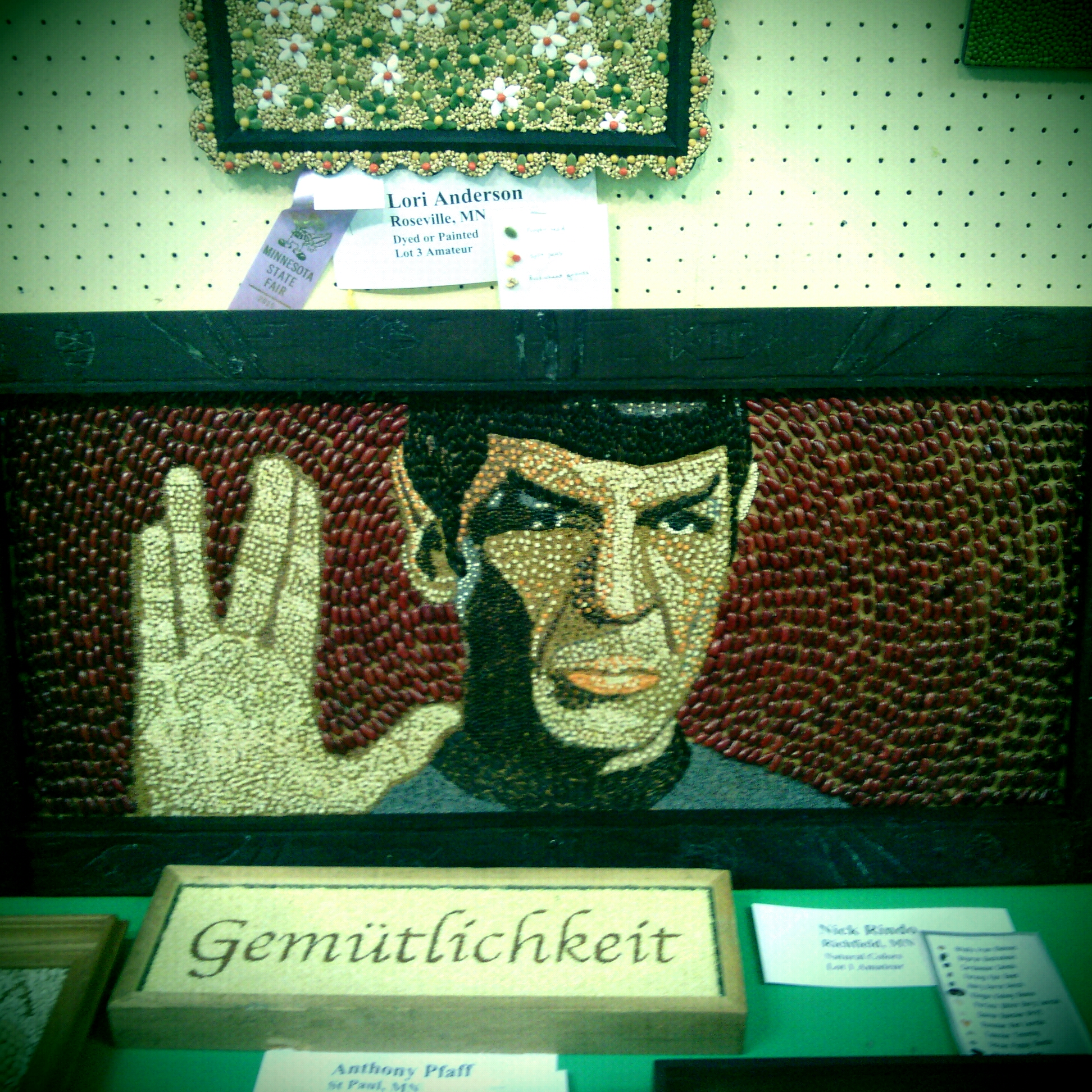The Music of Slow Boil Rising: The Future Sound of London and Spaghetti Westerns
In the year 0039, the world of Slow Boil Rising is firmly planted competing worlds. This is the case both in terms of time and setting.
In terms of time, 0039 is a nightmarish future with all sorts of gadgetry that does not presently exist. On the other hand, this environment is grounded in what we have today.
We have armored vehicles, but powered by fuel cells. We have jet-engine combat aircraft, but flown entirely by computer and armed with air-to-air lasers. We also have ubiquitous unmanned drones scouring the countryside to feed targeting information back to command centers while people listen to cheesy pop music about getting high in the club. (Okay, maybe that last sentence perfectly describes 2016 too.)
In terms of setting, Slow Boil Rising winds through the Unified Society of America, which is starkly divided between the Designated Habitation Zones (DHZs) and the Uninhabited Zones. Legally, the only places in which people are allowed to live are in the Urban DHZs or designated communal farms. Tall razor-wired fences separate DHZ inhabitants from the places they are not supposed to go, and proper security clearances are needed to travel beyond the zones without an entry/exit visa. DHZ dwellers believe the fences are there to protect them from the savage “Intolerants” who live out in the countryside.
Antiseptic, totalitarian, overdeveloped, and cold are the concepts that come to mind when I write plotlines set within the DHZs.
In contrast, the Uninhabited Zones have a much more post-apocalyptic feel to them. After all, the Uninhabited Zones were officially depopulated and abandoned, returning them to a state of nature.
Here is how it went down according to First Sergeant First Class Hamilton:
… The problem of infrastructure continued to plague the Department of the Internet. This problem came to an end after the Broadband Affordability and Availability Act of zero zero thirty, affectionately known as the BAAA. Subparagraph two hundred and nineteen of the BAAA required all persons in the U.S. who lived in communities of less than two hundred thousand people to relocate to urban centers or designated U.S. farms, where they would have greater access to the services our government provides to them free of charge.
Long story short, anyone who refused to leave their home and report to a DHZ was declared to be an “Intolerant,” or an outlaw. Eventually, a rebellion developed and the countryside turned into a battlegrounds. Small towns were either abandoned to nature and overrun with feral chickens or they were destroyed by the central government through brutal bombing campaigns. As a result, the countryside feels like Mad Max meets High Plains Drifter in my mind.
It is a bit of a challenge to switch between the competing settings of urban dystopia and rural post-apocalyptica. But that is where my favorite tool comes into play: music.
I’ve said it before, and I will say it again. Music and writing are completely intertwined for me. And I’ll share a hodgepodge of tunes that help me switch from urban dystopia to post-apocalyptic countryside.
Rural Post-Apocalyptica
First off, we’ve got the tried and true Spaghetti Western music from the ‘60s and ‘70s courtesy of Italian film composers who did a marvelous job capturing the grit and feel of the Great Not East (as it is referred to by DHZ dwellers). I geek out go into more detail about my feelings for Spaghetti Westerns in an older post here.
But for juxtapositional purposes, I will share a couple of my favorite tunes. Here is “Fuga Dall'Ovest” by Bruno Nicolai, from the soundtrack to Corri Uomo, Corri (Run, Man, Run). My favorite part of this track is the changeover that happens about 90 seconds in. So stick with this one:
And here are “Side Saddle,” “River Bed,” and “Tumbleweed” by Piero Piccioni from the Minnesota Clay soundtrack. This soundtrack is one of the deepest Spaghetti Western soundtracks out there, and I have been known to listen to the whole thing on repeat while hammering out chapters featuring El Asno, Hackberry, Beetle Johnschild, and company.
Contrasting Dystopia in the Designated Habitation Zones
Hyper urban, hyper modern, crowded, and paranoid. These are the things that come to mind when it comes to what the Designated Habitation Zones feel like.
You’ve got ubiquitous surveillance, a corrupt government, and thousands of people around you, many of whom might break into a protest chant at the drop of a Department of Protests official’s hat.
The feel and vibe is remarkably different from what is going on in the Uninhabited Zones. The constant threat of death by drone or by rattlesnake is replaced by the constant threat of violating a law you never heard of and being sent off to a camp of one sort or another.
I rely on many bands to get into the headspace of the DHZs, but one that gets played in my MP3 player more often than not these days as I write volume two of Slow Boil Rising is The Future Sound of London, a British duo who have been pioneering electronic music for nearly 30 years. I first got turned on to FSOL in college, with their thumping beats paired with ambient harmonics coupled with soaring melodies. For a while, I wanted to be these guys despite not having a fraction of their musical abilities.
(Thankfully, I found writing as an outlet, which has spared the world more goofy lo-fi stuff like the Ballad of Alexander Hamilton. “Oh my God, Aaron Burr. You shot me. You shot me in the eye!”)
Have a listen to some of these tracks to hear the vibe FSOL has made famous over the years.
“Vertical Pig” from the Lifeforms album. This track works for both urban and rural dystopic settings.
“Smoking Japanese Babe” from the ISDN album. This track captures the spirit of Danbill Sulla, staring at the bottom of a glass in a smoke-filled 0039 speakeasy.
Here are “Kai” and “Amoeba,” also from the ISDN album. These track really conveys a sense of urgency. I blast these tracks often when it is time to write action sequences.
Check out “Snakehips” from ISDN. I love that this track samples the great Isao Tomita’s album Snowflakes are dancing, which is a collection of Claude Debussy tracks on moog.
I’ve talked mostly about FSOL’s older songs, as they are from a time when I first got into the group. But they are still making quality music to this day, music with a killer ambient vibe. Take for example “Point Of Departure” from the Environments Five album.
Despite flying under many people’s radars, FSOL is one of the greatest musical groups in terms of creativity and creating cohesive albums that are melded together like a fine alloy. I look forward to blasting them as I write a chase scene in the Seattle DHZ later this week.






